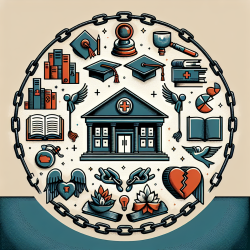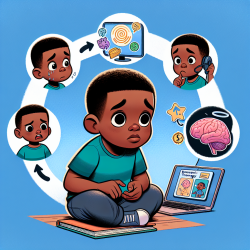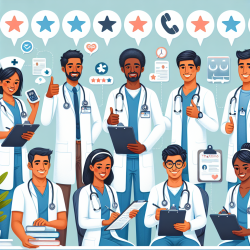Introduction
Human trafficking is a grave violation of human rights, affecting millions worldwide, including vulnerable youth. School-based health centers (SBHCs) present a unique opportunity to address this issue by providing accessible health services to at-risk students. The research article "Using School-Based Health Programs to Prevent Human Trafficking: The Mount Sinai Experience" offers valuable insights into how these centers can be leveraged to prevent trafficking.
Understanding the Role of SBHCs
SBHCs are strategically located within schools to increase the accessibility of medical and mental health services. They are designed to serve students who may face barriers to care, including those with risk factors associated with human trafficking, such as unstable housing, history of maltreatment, or LGBTQ-identification. The Mount Sinai Adolescent Health Center (MSAHC) provides a model of comprehensive services that can be integrated into school settings.
Key Activities and Strategies
According to the research, SBHCs can effectively identify and address risk factors for human trafficking through:
- Timely identification and intervention for students exhibiting risk factors.
- On-site care for trafficked youth, including treatment for sexually transmitted infections and mental health issues.
- Raising awareness and educating students about human trafficking, enabling them to seek help if approached by traffickers.
Implementing the Mount Sinai Model
Practitioners can implement the Mount Sinai model by ensuring their SBHCs offer:
- Integrated health services, including medical, sexual, and reproductive health care.
- Health education and behavioral health services.
- A trauma-informed approach to care, addressing both physical and mental health needs.
Additionally, fostering relationships with school personnel and conducting classroom presentations can enhance awareness and prevention efforts.
Implications for Practitioners
Practitioners should consider the following implications for enhancing their practice:
- Adopt a holistic approach to student health, integrating physical and mental health services.
- Build strong partnerships with schools and community organizations to extend support networks.
- Continuously evaluate and adapt programs based on data-driven outcomes to ensure effectiveness.
Conclusion
By implementing the strategies outlined in the Mount Sinai model, practitioners can play a critical role in preventing human trafficking and protecting vulnerable youth. To delve deeper into the research, practitioners are encouraged to read the original paper: Using School-Based Health Programs to Prevent Human Trafficking: The Mount Sinai Experience.










